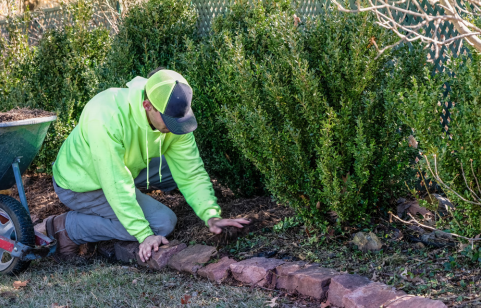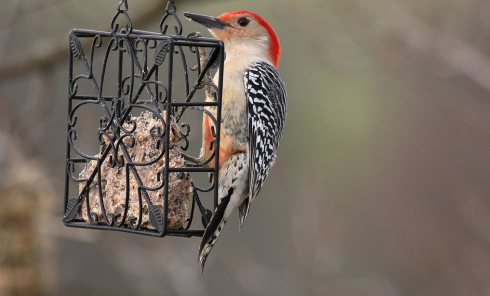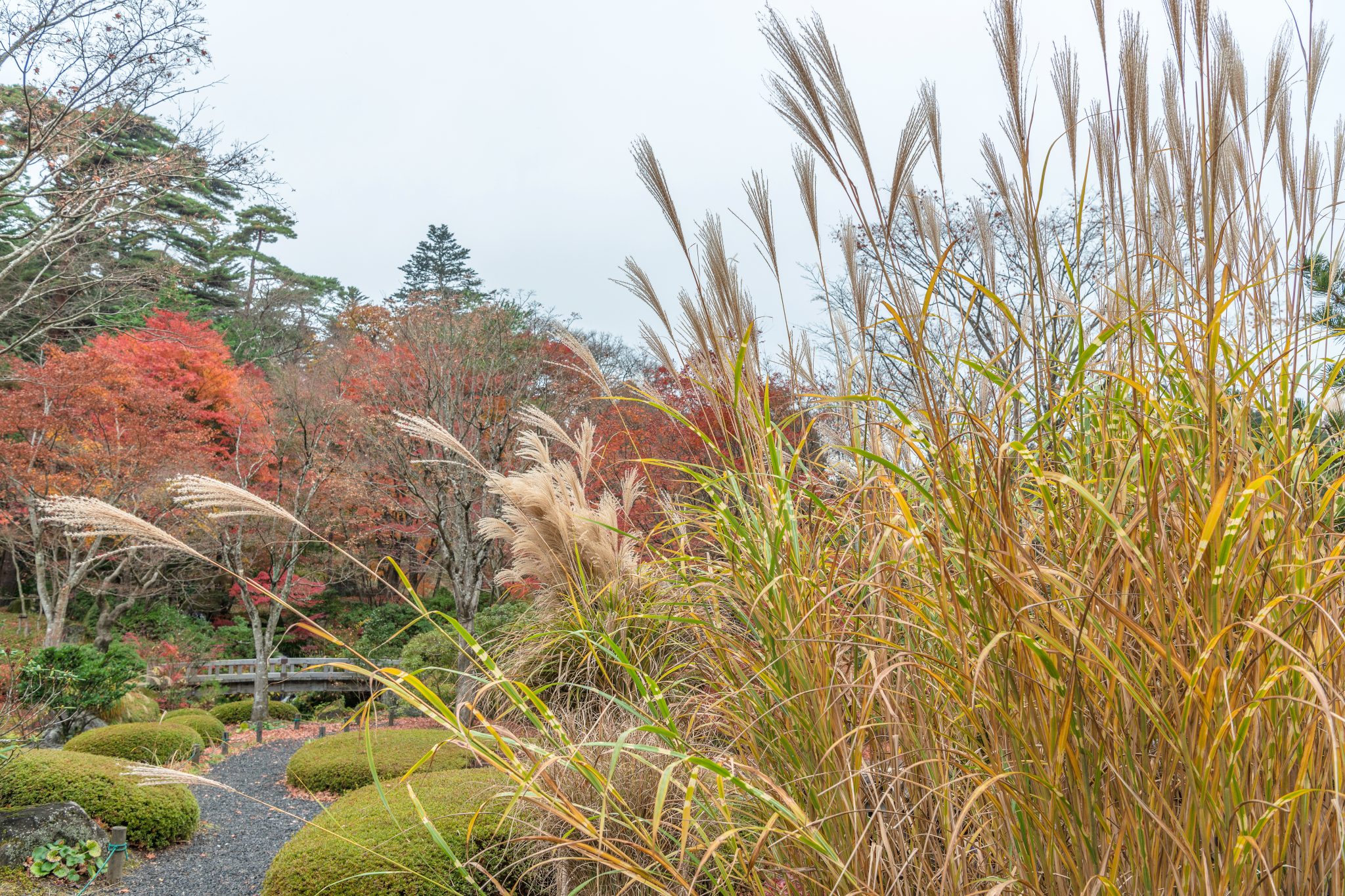Landscaping

Eight tasks for the winter season to ensure your landscape is ready for spring growth.
Cut the grass
Cut warm season lawns to a height of 1-2 inches. Cut cool season lawns to a height of 3-4 inches. Winter snow and cold may damage roots and cause sections to die out if the grass is cut too short. If the grass is too long, blades could mat under snow and develop snow mold disease that causes bare spots in the spring.
Fertilize the lawn
Apply a winter fertilizer to cool-season lawns to encourage thicker root growth. Warm-season lawns go dormant and turn to amber shades after frost.
Drain irrigation systems
Properly drain and blow out automated irrigation systems to avoid damage from freezing and thawing temperatures. Call whoever installed your system if you’re unsure how to do this.
Drain and coil hoses for winter storage. Remove hose nozzles, sprayers, and wands. Store these items in a non-freezing spot such as a garage or basement. Cover and insulate outside hose bibs.

Protect shrubs
Use mulch barriers around cold-sensitive shrubs, especially those near roads. Mulch can help protect plants from cold and frost damage. Burlap can be used as a substitute as well.
Apply oil spray
Treat shrubs and trees with a dormant horticultural oil spray to help control certain pests, including aphids, scale, and tent caterpillars during winter and early spring. Dormant oil needs specific conditions for application. Read the label thoroughly to ensure you’re spraying within the right temperature window.
Let grasses stand
Don’t prune ornamental grasses until spring. This is vital to protect the crown of the plant. Not cutting the stems will allow them to mat over winter and it will help to protect the crown from cold and ice. Snow and ice or freezing and thawing temperatures may damage the crown if you cut it back in the fall.
Recycle leaves
Mow over leaves and let them decompose in the lawn. Or you can bag chopped leaves with your mower and use them as mulch or add the leaves to your compost pile.

Consider the birds and wildlife
Drain and store unheated birdbaths. Consider adding a heater to your bath or swapping it for a heated model to provide birds with fresh water all winter. Fill and hang bird feeders to invite living color to your winter landscape.

